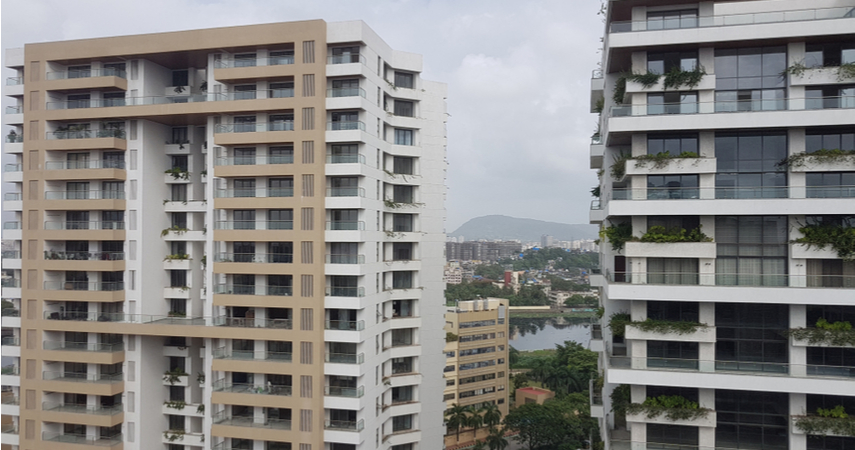BMC Prohibits Enclosing Of Balconies

The Brihanmumbai Municipal Corporation (BMC) has said that it will not allow architectural features such as balconies, lily ponds and flowerbeds to be projected as open spaces in buildings. Also, the municipal authority has ruled that balconies can no longer be enclosed. The decision is expected to eliminate chances of any manipulation or illegal encroachment by residents.
It has been a common practice among city residents to enclose balconies and create extended rooms. The authority has allowed construction of balconies, projections and niches since 1967. According to the Development Control Regulations (DCR) 1991, balconies could be enclosed with prior permission of the municipal commissioner.
Later in 2012, with the rise in instances of residents enclosing balconies without consent, the Maharashtra government had amended the rules under the DCR and included balconies and ornamental projections such as voids, flowerbeds, etc. projecting from the face of the building, in the Floor Space Index (FSI*), and also, allowed them to be enclosed. These features were earlier considered free-of-FSI.
Now, the BMC has said that it will not recognise balconies under DCR and it is for the developers to provide a balcony, but it should not be enclosed later. Also, balconies can no longer project into open space. The BMC has also completely prohibited the construction of balconies on the ground floor.
This move by the BMC also puts an end to the confusion over whether balcony projections are really using up the open space, since many developers think otherwise. Moreover, it would also simplify the BMC’s premium calculation for the open space deficiency as open space will now be calculated from the building footprint.
According to building laws, there must be a minimum open space on all sides of a building depending on the structure’s height. However, this requirement can be waived if the developer can prove that providing so much open space is hindering the construction of the building. But a premium must be paid to the BMC for condoning deficiency in open space. However, experts believe such changes in regulations could seriously impact redevelopment as it would increase the premium.
Note: FSI is the ratio of the area of floor to the area of the plot on which a building stands. For example, if FSI is 2, the ratio of the area of floor to the area of the plot would be 2. This means that the floor area of a building built on a 1,000 sqft land should not exceed 2,000 sqft.
